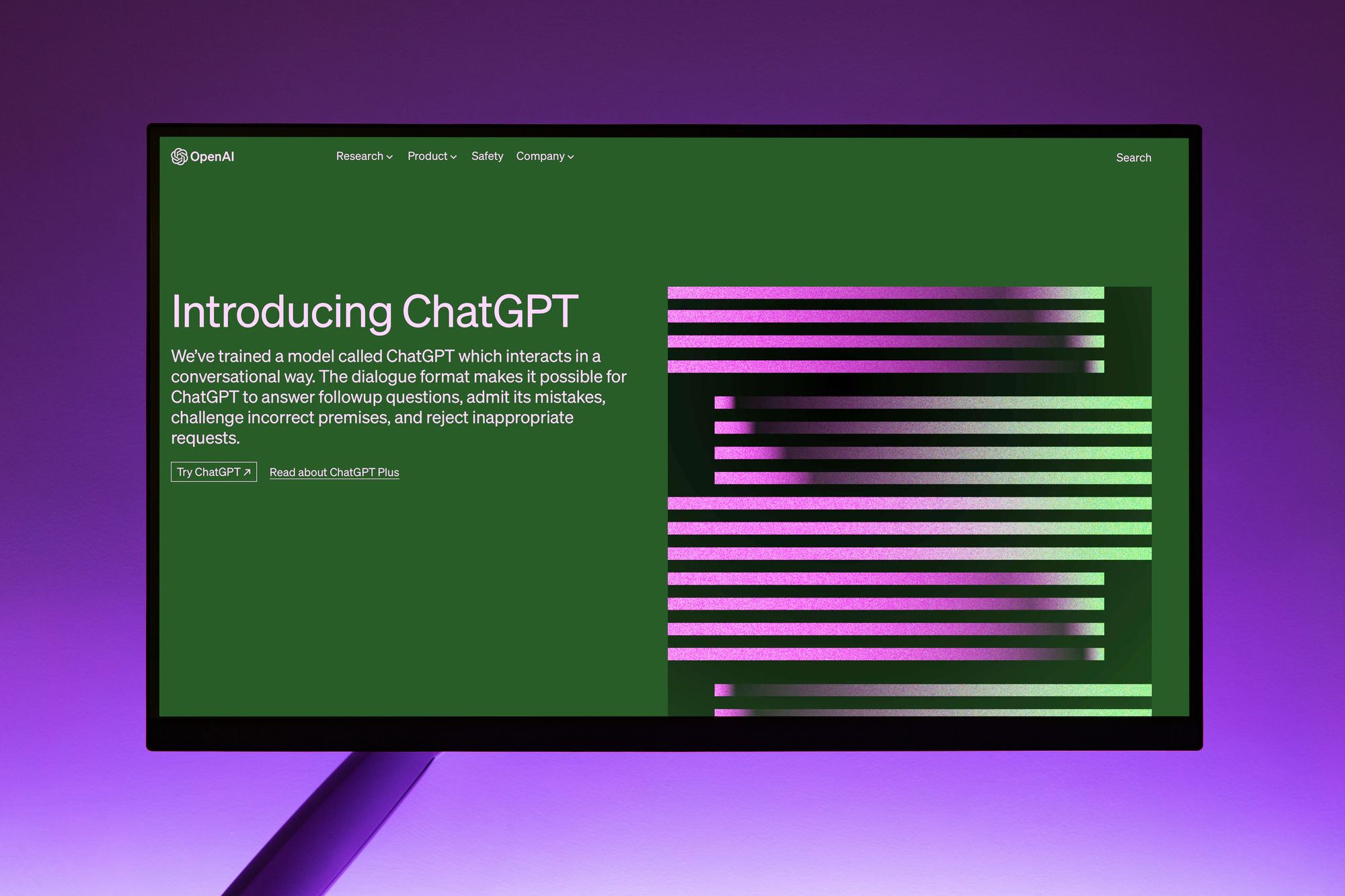Journalism has long been a bastion of truth, accuracy, and fairness. Today, we are witnessing a rising tide of artificial intelligence seeping into all facets of life, including newsrooms worldwide. AI offers a host of opportunities to revolutionize news production, but its incorporation must be dealt with in an ethically conscious manner. This comprehensive guide, complete with theoretical examples, aims to help newsrooms navigate the path towards the ethical implementation of AI.
Transparency
AI is a powerful tool with distinct advantages and limitations. The ethical journey begins with transparency, with audiences entitled to know how AI contributes to the news they consume. For instance, a news organization might develop an AI tool to compile and curate relevant social media feeds during a significant event, like an election or a natural disaster. In such cases, it's critical that readers are informed about the role and limitations of AI in shaping the presented content.

Likewise, within newsrooms, staff need to understand the workings and implications of AI tools. Regular training sessions and workshops can be organized to demystify AI, fostering an environment where AI tools are viewed as aids rather than threats.
Accountability
AI systems can inadvertently reflect biases embedded in their training data. Therefore, news organizations have an ethical responsibility to ensure that the data fed into their AI tools are as diverse and unbiased as possible. For example, an AI tool used to scan and select press releases for coverage should be carefully calibrated to avoid preferential treatment towards any particular group or sector.
Furthermore, news organizations must hold themselves accountable for their AI's actions. If an AI tool, say one used for automatic news summarization, makes an error, the organization should openly acknowledge it, learn from the incident, and take corrective measures.

Validation
Regular validation and verification of AI systems is a non-negotiable ethical requirement. For instance, an AI tool that drafts articles based on raw data or statistics, such as sports scores or financial data, must be subjected to human review. Every piece of AI-generated content should be validated for accuracy, tone, balance, and context before being published.
Additionally, newsrooms should commit to regular audits of their AI systems. These audits, possibly conducted by internal teams or external experts, ensure the ongoing accuracy and fairness of the AI's outputs.
The Human Factor
The prospect of AI in newsrooms can trigger concerns about job security among staff. Addressing these fears ethically involves emphasizing the assistive, rather than replacement, role of AI. For instance, AI could be used to handle time-consuming tasks such as transcription or data analysis, freeing up journalists to delve into in-depth reporting, analysis, and creative storytelling.

Moreover, engaging staff in the decision-making process of AI integration can help alleviate their anxieties. They could contribute to shaping the AI's parameters or be involved in its testing and validation process, fostering a sense of ownership over the new technology.
The potential for AI to revolutionize newsrooms is immense, but the journey towards its integration is one that must be handled with care, conscious of the principles of ethical journalism. Through fostering transparency, ensuring accountability, conducting regular validation, and addressing human concerns, newsrooms can ethically integrate AI. It's a path with its share of challenges, but navigated wisely, it holds the promise of a new era of comprehensive, timely, and rich journalism.




